Cracking the Code: Understanding HPV and Preventing HPV-Related Cancers
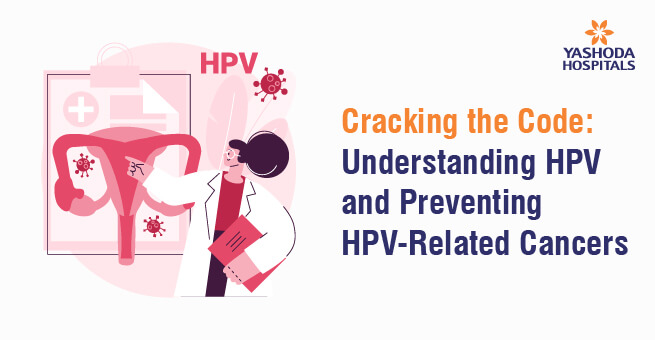
Human Papillomavirus (HPV) is a common and often misunderstood group of viruses that can lead to a variety of health issues, including skin and mucous membrane infection and certain types of cancers. They are a group of more than 200 related viruses. Human papillomavirus (HPV) causes more than one-fourth of infection-related cancers globally.
According to the National Cancer Registry Programme (NCRP) data, among all the cancers in India, 7.5% of cancers were related to HPV infection. The most common HPV-related cancers in males and females were oropharyngeal cancer (63.2%) and cervical cancer (87.6%), respectively.
Worldwide, the burden of HPV-related cancers is much greater. High-risk HPVs cause about 5% of all cancers worldwide, with an estimated 570,000 women and 60,000 men getting an HPV-related cancer each year. Cervical cancer is among the most common cancers and a leading cause of cancer-related deaths in low- and middle-income countries, where screening tests and treatment of early cervical cell changes are not readily available.
Types of HPV
Around 60% of HPV is found on the skin’s surface, and many people don’t have any symptoms; the infection might go away on its own. Sometimes, they cause warts on areas like the hands or feet. The other 40% or so is found on the surface of the vagina, anus, vulva, cervix, and head of the penis. They’re also found inside the mouth and throat. They enter the body during sexual contact. Sexually transmitted HPV types fall into two groups: low risk and high risk.
Low-risk: HPVs mostly cause no disease. However, a few low-risk HPV types can cause warts on or around the genitals, anus, mouth, or throat. Low-risk HPV strains, such as HPV 6 and 11, cause about 90% of genital warts, which rarely develop into cancer. These growths can look like bumps, and sometimes they’re shaped like cauliflower.
High-risk: HPVs can cause several types of cancers like cervical cancer, head and neck cancers, anal cancer, etc. There are about 14 high-risk HPV types, including HPV 16, 18, 31, 33, 35, 39, 45, 51, 52, 56, 58, 59, 66, and 68. Two of these, HPV 16 and HPV 18, are responsible for most HPV-related cancers. Together, they cause about 70% of cervical
HPV Causes and Their Symptoms
Causes: HPV is primarily transmitted through sexual contact, but it can also be spread through non-sexual means such as skin-to-skin contact and contact with objects contaminated with the virus. The virus can enter the body through tiny cuts, abrasions, or mucous membranes. In most cases, the body’s immune system clears the virus within a couple of years. But if the virus persists, it can lead to various health problems.
Symptoms: HPV infections often don’t cause noticeable symptoms. In fact, many people infected with HPV are unaware of their infection. Some individuals may develop visible symptoms, such as genital warts, which can be flesh-colored, raised, or flat, and appear in the genital or anal areas. High-risk HPV types are typically asymptomatic until they progress into cancer, making regular screenings and prevention crucial.
HPV: Warts & Treatments
HPV Warts: Low-risk HPV infections usually cause warts. The type of warts you get will depend on which kind of HPV you are infected with:
- Genital warts: These are either flat spots or raised bumps. In women, they usually grow on the vulva but can also show up on the anus, cervix, or vagina. Men get them on the penis, scrotum, or anus.
- Common warts: These rough bumps typically show up on the hands and fingers.
- Plantar warts: Plantar warts are hard, grainy, painful bumps that affect the bottom of your feet.
- Flat warts: These are slightly raised spots with a flat top. You can get them anywhere, but they’re common on the face and legs.
Treatment of HPV Warts: Warts may go away without treatment, especially in kids. But there are also medications that treat them, including:
- Salicylic acid
- Imiquimod
- Podofilox
- Trichloroacetic acid
If medication doesn’t work, then they can be removed with:
- Cryotherapy (freezing with liquid nitrogen)
- Electrocautery (burning with an electric current)
- Laser surgery (using intense light to destroy warts and abnormal cells)
- Surgery
Are you taking the necessary steps to understand HPV and prevent HPV-related cancers?
Precancerous Changes and Cancers
Precancerous Conditions: Persistent high-risk HPV infection can result in long-lasting changes to the mucosal lining of the genital area, known as precancerous cell changes. If left untreated, these alterations can progress to various types of cancer. Notably, precancerous lesions on the cervix often remain asymptomatic, underscoring the importance of regular cervical cancer screening. In contrast, precancerous lesions in other locations, like the anus, penis, or head and neck, may present symptoms such as itching or bleeding. However, there are currently no approved tests for screening HPV-induced cell changes in these areas.
Cancers: When a high-risk HPV infection endures for many years, it can lead to progressive cell changes that, when left untreated, may develop into cancer. These long-lasting infections can lead to cancer in regions of the body where HPV infects cells, including the cervix, oropharynx, anus, penis, vagina, and vulva. HPV primarily infects squamous cells lining the inner surfaces of these organs. As a result, most HPV-related cancers belong to the category of squamous cell carcinoma. Certain cervical cancers, however, originate from HPV infection of gland cells in the cervix and are termed adenocarcinomas.
HPV-related cancers include:
- Cervical cancer: Cervical cancer is primarily caused by high-risk HPV infection. Routine screenings detect and remove precancerous cells, preventing most cases. Factors like aggressive HPV types, smoking, and a weakened immune system increase risks.
- Oropharyngeal cancers: These throat cancers, often linked to HPV infection, affect the tonsils and back of the tongue. Prevention involves HPV vaccination and early diagnosis.
- Anal cancer: HPV, especially high-risk strains, significantly contributes to anal cancer. It’s more common in certain high-risk groups. Prevention includes HPV vaccination and regular screenings.
- Penile cancer: Penile cancer is strongly associated with high-risk HPV. While relatively rare, safe sex and HPV vaccination can reduce the risk.
Vaginal cancer: Some cases of vaginal cancer are linked to high-risk HPV infection. Preventive measures include routine gynecological screenings and HPV vaccination.
Screening for HPV, Cell Changes, and Prevention
Screening: Screening for HPV and cervical cell changes is essential for early detection and intervention. The Pap test and HPV DNA test are common methods used to identify abnormalities in cervical cells and the presence of high-risk HPV. Regular screening is recommended for individuals with a cervix, starting at age 21. For other HPV-related cancers, screening and early detection methods vary and may include physical examinations, biopsies, and imaging tests.
Prevention
- Vaccination: The HPV vaccine is highly effective in preventing infection with the most common high-risk HPV types. It is recommended for both boys and girls, typically starting at age 11 or 12.
- Safe Sex: Practicing safe sex, including the use of condoms, can reduce the risk of HPV transmission.
- Regular Screenings: Routine cervical cancer screenings for individuals with a cervix are crucial for early detection. Follow your healthcare provider’s recommendations.
- Avoiding Smoking: Smoking can increase the risk of developing HPV-related cancers, so quitting smoking is a wise choice for overall health.
- Educate and Advocate: Spread awareness about HPV, its risks, and the importance of vaccination and screening to your friends, family, and community.
Understanding HPV and the associated risks is the first step in preventing HPV-related cancers. Through various preventive measures, we all can work to reduce the burden of HPV-related health issues and move closer to a healthier, HPV-free world. Don’t hesitate to consult with healthcare professionals for more information and guidance on HPV prevention and management.
Frequently Asked Questions:
1) What Causes HPV in Females?
HPV in females is primarily caused by the human papillomavirus, with certain strains posing a higher risk for cervical cancer.
2) Is HPV Dangerous?
HPV can lead to health issues in females, including cervical cancer, making it a potentially dangerous infection.
3) How can HPV infection be prevented?
Vaccination is a key preventive measure against HPV, along with safe sexual practices and regular screenings for cervical cancer.
4) How Do We Get HPV Infection?
HPV infection is mainly acquired through sexual contact, but it can also be transmitted through non-sexual skin-to-skin contact.
5) Can HPV Be Transmitted Non-Sexually?
Yes, HPV can be transmitted through non-sexual skin contact, such as sharing personal items like towels or razors.
6) How does HPV affect pregnancy, and what precautions are needed?
HPV infection can be passed from mother to baby during childbirth, but it usually doesn’t harm the baby. Pregnant women should discuss HPV with their healthcare providers for appropriate management.
References:
- What is HPV https://www.mayoclinic.org/diseases-conditions/hpv-infection/symptoms-causes/syc-20351596
- Detailed HPV and is types https://my.clevelandclinic.org/health/diseases/11901-hpv-human-papilloma-virus
- STD facts https://www.cdc.gov/std/hpv/stdfact-hpv.htm
- HPV and Cancers https://www.cancer.gov/about-cancer/causes-prevention/risk/infectious-agents/hpv-and-cancer
About Author –

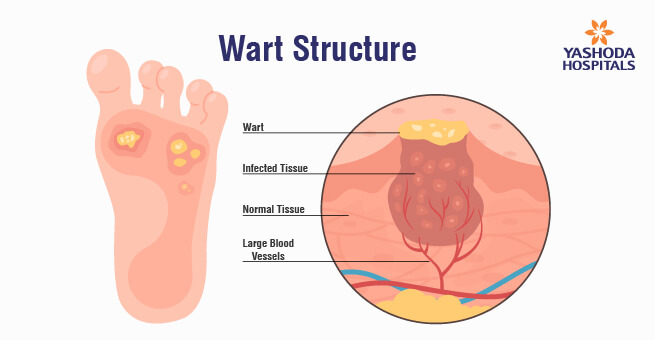

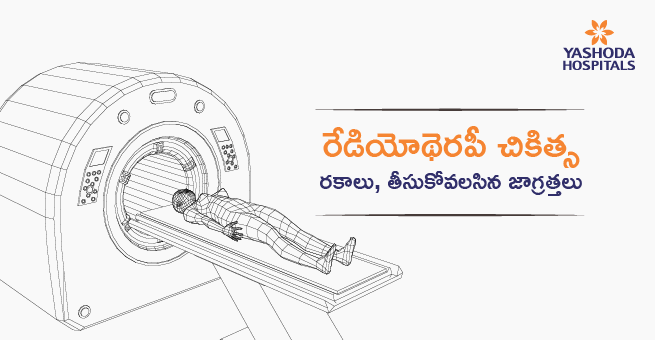
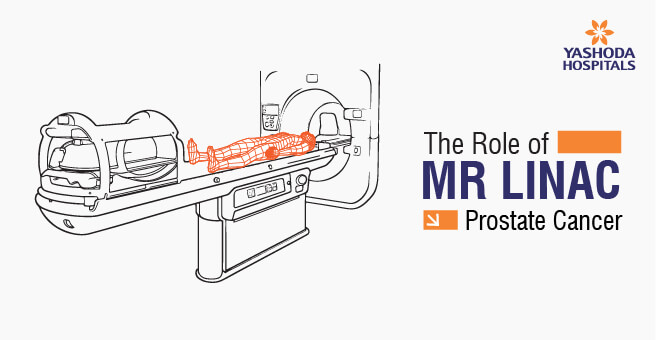
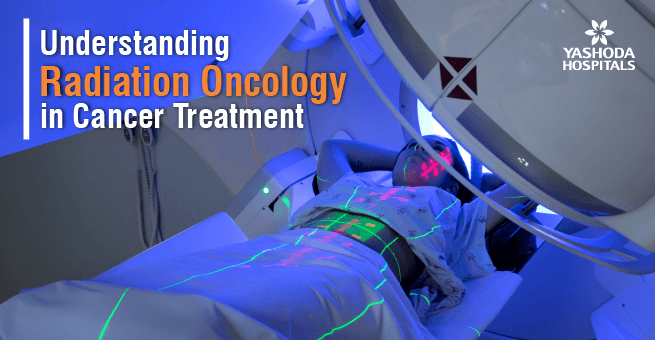

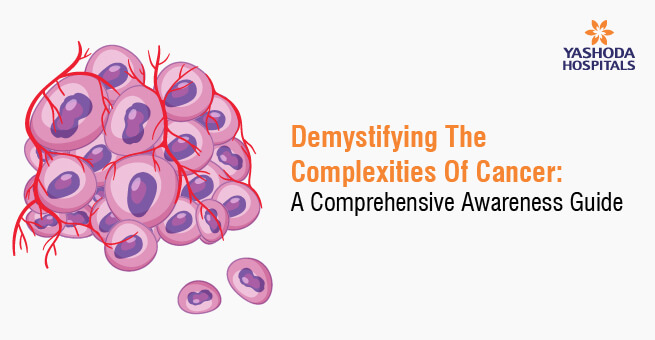
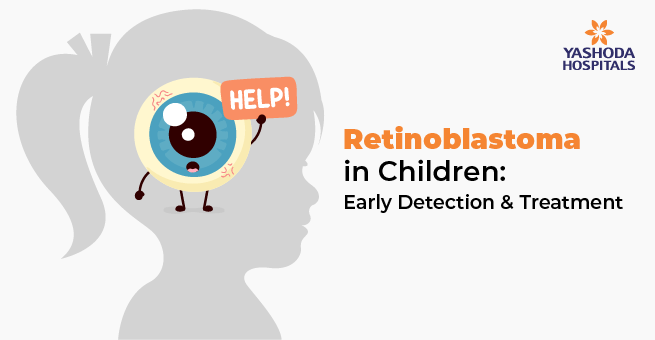

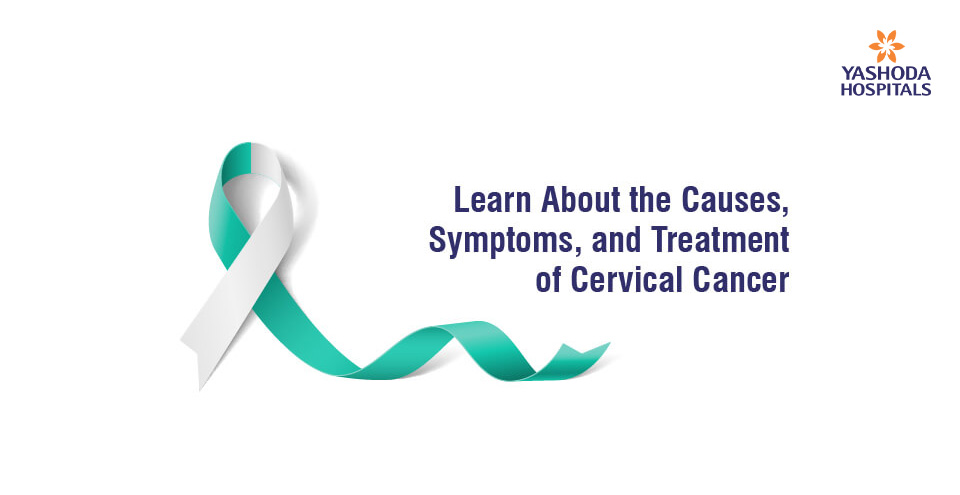
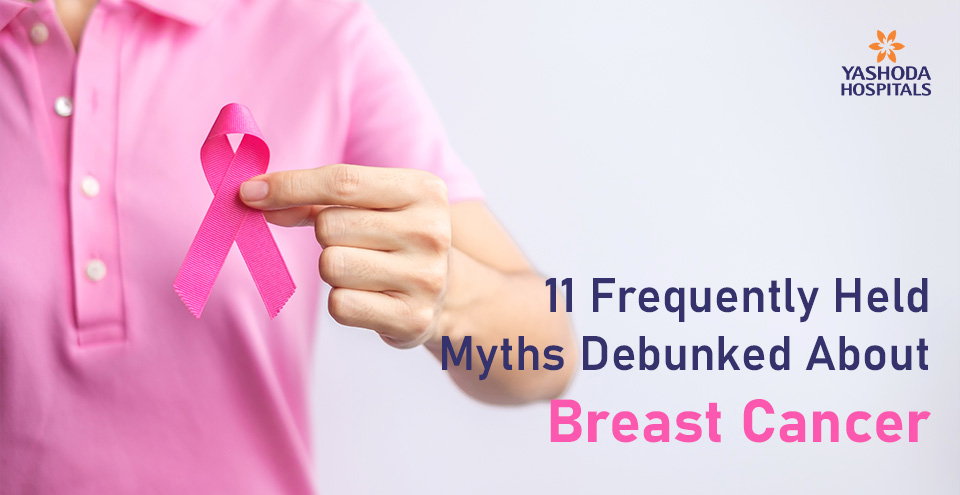
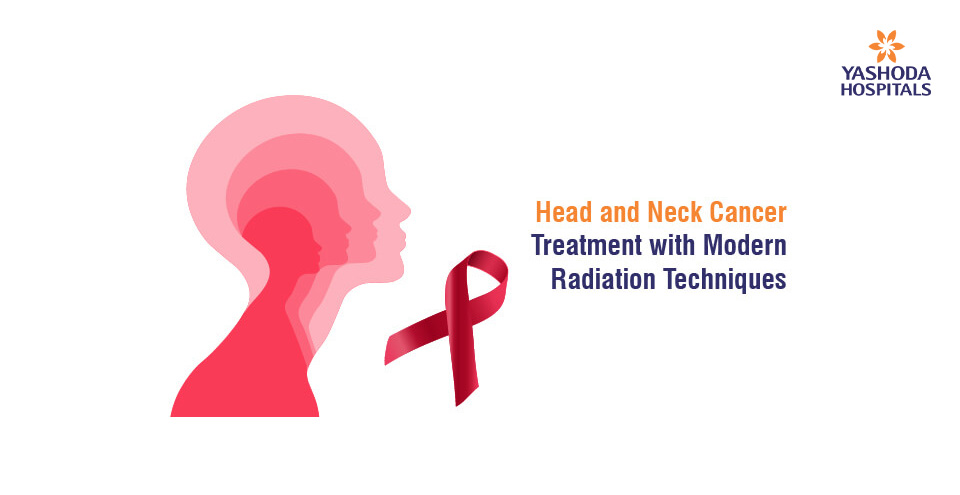
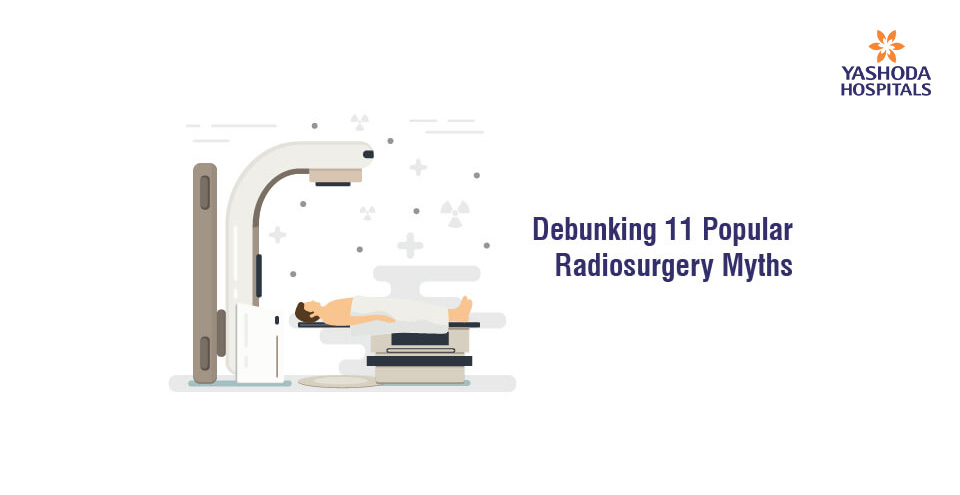
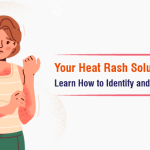
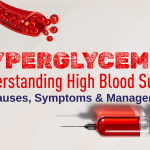



 Appointment
Appointment WhatsApp
WhatsApp Call
Call More
More

